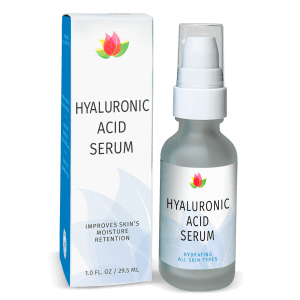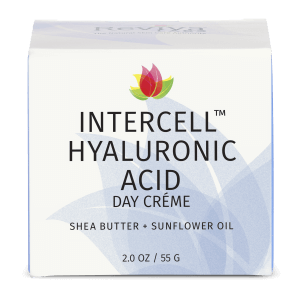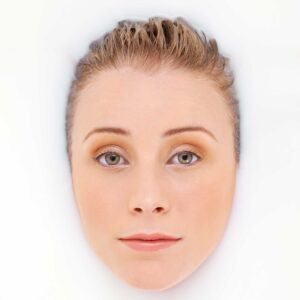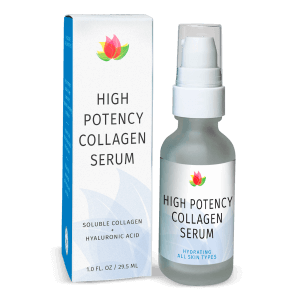Clean Beauty, Natural, Reviva Labs, Skin Care
Why Hydration Should Be Your First Skincare Goal
Skin whispers its secrets long before pores clog or lines deepen. One gentle press of a fingertip can reveal bounce, sheen, and comfort – or a dull tautness that flags depleted water stores. The first time I measured transepidermal water loss on a marathon runner fresh off a red-eye flight, the meters cried out before she did; her face had shed moisture faster than the plane crossed time zones. That moment convinced me that every regimen, no matter how sophisticated, must begin with a plan to safeguard and replenish water. Without it, even the most advanced actives perform like an orchestra missing its rhythm section.
Moisture balance defines the foundation on which all other skin goals rest. When the outermost layer – scientists call it the stratum corneum – holds enough water, it keeps its lipid mortar pliable, enzymes hum along briskly, and micro-pH remains in a protective sweet spot. Deprive that layer of hydration and microscopic cracks appear, inviting inflammation, dullness, and accelerated aging. Clients often blame new serums for sudden sensitivity when the real saboteur is simply thirst. The fix is not complicated, but it is fundamental.
A well-hydrated barrier also amplifies the performance of every ingredient that follows. Water forms the highway humectants ride to deliver nutrients, and it cushions the cells so potent actives can work without inciting irritation. Once you appreciate that synergy, hydration stops feeling like a beginner’s step and starts looking like the master key.
The Silent Language of Thirsty Skin
Skin rarely screams; instead, it murmurs through flaking along the nose, makeup that pills before noon, or that barely perceptible web of lines fanning out when you smile. These cues show up because corneocytes, the “bricks” of the barrier, shrink as their water content falls, leaving gaps where irritants sneak through. Even oily complexions are not exempt; sebum and water operate in separate channels, which is why a shiny T-zone can coexist with rough cheeks. Once you learn to read these signals, addressing them becomes almost second nature.
Hydration also influences tone and vibrancy. Light traveling through a plumped corneocyte scatters evenly, producing the glow everyone chases in filters. Swap water for air gaps and light scatters chaotically, creating shadows and a gray cast. This optical shift explains why well-hydrated skin often looks brighter even before brightening agents step in. It is physics, not magic.
Aggressive environments turn whisper into shout. Indoor heating strips humidity to desert levels, while recycled airplane air dehydrates faster than a walk on the beach. Add long showers, exfoliating acids, or foaming cleansers, and you have a perfect storm for water loss. Recognizing the pattern is the first step toward breaking it.
Reviva Labs' Simple Hyaluronic Acid Routine
Water and the Barrier: A Delicate Partnership
Picture the barrier as a brick wall where each brick must remain slightly swollen to stay flush with its neighbors. The mortar – cholesterol, ceramides, and free fatty acids – forms a cushion, but water is what keeps that cushion springy. Scientists place ideal water content in the barrier at roughly thirty percent. Dip below that threshold and lipid structures tilt, leaving micro-fissures that invite external stressors.
Skin is not passive in this process; it regulates its own miniature plumbing system through channels called aquaporins. When hydration levels fall, aquaporins slow traffic to conserve resources, inadvertently reducing cell-to-cell communication. Over time, the slowdown contributes to rough texture and a sluggish healing response. Replenishing water switches the channels back on, restoring cellular chatter and barrier resilience.
Enzymes depend on water, too. Those responsible for shedding old corneocytes need a specific level of humidity to function. Without it, cells cling too long, forming that opaque build-up we perceive as dullness. Restore hydration and natural turnover resumes, often making separate scrubs unnecessary.
Hydration vs. Moisture: Sorting the Terms
Many professionals use “hydration” and “moisture” interchangeably, but skin treats them as distinct currencies. Hydration refers to actual water content, while moisture points to lipids or occlusives that reduce evaporation. Pour water into a bucket riddled with holes and you will lose it quickly; smear petrolatum over an empty bucket and you simply seal in emptiness. Success means filling the bucket first (hydrate) and then patching the holes (moisturize).
Humectants such as glycerin, propanediol, and betaine pull water toward the skin, acting like rainfall. Occlusives – think squalane or dimethicone – work like umbrellas, preventing that fresh water from drifting away. Emollients, often confused with both, soften the mortar between bricks, improving flexibility. Layering them in the correct order produces comfort without greasiness.
One standout humectant is hyaluronic acid. Available in multiple molecular weights, it hydrates at varying skin depths: low-weight fractions travel deeper, while high-weight versions form a breathable surface film. A serum that combines sizes, like Reviva Labs Hyaluronic Acid Serum, capitalizes on both mechanisms, providing quick plumpness and long-term resilience without unnecessary fragrance or heavy texture.
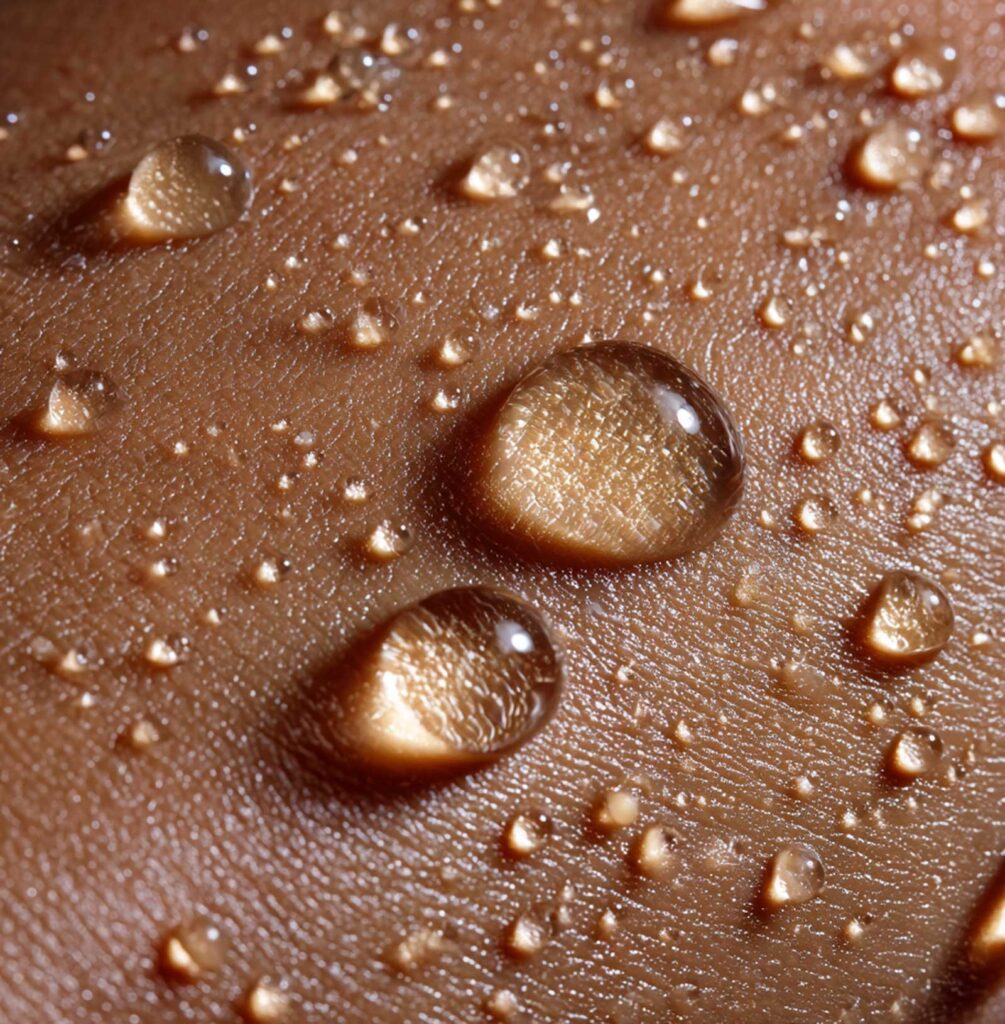
Seasonal Stress Tests Show Water’s Power
When winter descends, outdoor air holds less moisture, and indoor heating drops humidity to levels similar to the Sahara. This erases the gradient that usually keeps water inside the skin, triggering accelerated loss. Many people compensate by switching immediately to a heavier cream, but the smarter move is to add a dedicated water phase first. A humectant-rich mist or super-light serum can restore balance, so the existing cream suddenly feels adequate again.
Summer brings its own trial. Air conditioning is dryer than most deserts, and UV exposure triggers inflammation that elevates transepidermal water loss. A midday water gel applied underneath sunscreen can offset that deficit, preventing evening tightness without clogging pores. Think of each season as a pop quiz on hydration strategy; passing it keeps your skin from cramming damage control later.
Travel multiplies stress. Cabin pressure on flights thins the air, lowering humidity to twenty percent or less. Applying a multi-weight hyaluronic serum before boarding, sipping water steadily, and misting halfway through can prevent the trademark “flight face.” Small rituals anchored in hydration turn travel days into maintenance days rather than recovery missions.
The Domino Effect of Chronic Dehydration
Long-term water deficit reshapes the landscape of aging. Dehydrated corneocytes collapse, creating deeper shadow lines that people misinterpret as intractable wrinkles. Low hydration also fuels micro-inflammation, visible as diffuse redness and a heightened response to once-gentle products. Academic studies reveal that photoaged skin exhibits impaired aquaporin function, which further hampers self-replenishment.
Acne can worsen, too. When barrier cracks widen, bacteria find easy passage, and sebaceous glands ramp up oil production in a futile attempt to plug gaps. The resulting cycle – more oil, more blemishes, more harsh cleansers – drives dehydration deeper. Re-establishing water balance often calms breakouts faster than another round of benzoyl peroxide.
Clients pursuing pigment correction see slower progress if hydration lags. Melanocyte-targeting actives rely on smooth diffusion through the stratum corneum. Water-filled channels speed that journey, making brightening agents more effective at lower concentrations and with fewer side effects.
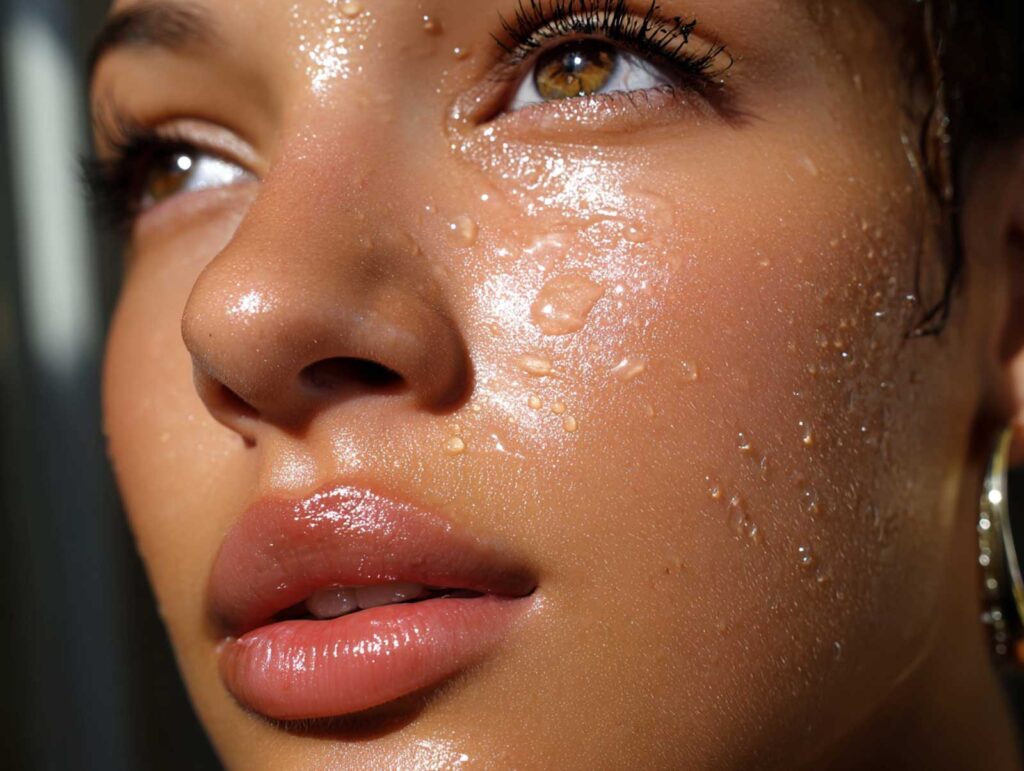
Choosing Topical Water-Magnets
Glycerin remains the gold standard, both inexpensive and scientifically backed, drawing water from the atmosphere and locking it in by integrating with lipid structures. Propanediol offers a lighter feel and can boost penetration of botanicals. Beta-glucan adds immunomodulatory benefits, soothing sensitive complexions while delivering water. Polyglutamic acid, capable of binding four times more water than hyaluronic acid by weight, creates a velvety shield that resists evaporation.
Niacinamide sometimes appears in hydration formulas for its role in strengthening barrier lipids, and panthenol follows closely for its ability to convert into vitamin B5 inside the skin, supporting repair. Combining these with multi-weight hyaluronic acid produces synergy: immediate plumping, sustained retention, and decreased irritation over time.
Formulation texture matters. Water-gel serums excel for oily or humid climates, while milky emulsions suit normal-dry types. But any base can work if humectant levels are adequate and the product layers well with sunscreen, because daily UV protection is non-negotiable.
The Art of Layering for Lasting Comfort
Technique transforms good formulas into great results. Apply water-based essences within thirty seconds of pat-drying after cleansing, capturing residual surface moisture. Pat rather than rub to avoid friction that can disturb the barrier. Follow with a humectant-rich serum, ensuring even coverage across face and neck, then seal with an emulsion that blends lightweight emollients and measured occlusives. In extra-dry settings, dab a balm over cheekbones last, where lipid production naturally runs low.
Each phase should feel absorbent, not suffocating. If skin remains tacky beyond two minutes, reduce product amount rather than skipping steps; optimal hydration should disappear into comfort. Evening routines can incorporate heavier occlusives, provided the water phase underneath is generous. Waking up plump rather than greasy signals a winning ratio.
Patience is part of the craft. Skin needs roughly one full turnover cycle, about twenty-eight days, to showcase maximal improvement. Weekly progress photos under similar lighting can reveal subtle gains and boost motivation to stay consistent.
Supporting Skin from the Inside Out
Topical care wields significant power, yet internal hydration complements it beautifully. Controlled trials show that individuals habitually drinking less than one liter daily experienced measurable improvements in skin density and reduced water loss after increasing intake to two liters for eight weeks. The change is gradual, which tempts skeptics to abandon the effort, but synergy emerges: a dermis holding ample fluid supplies surface cells with a richer reservoir, making topical humectants more effective.
Diet contributes indirectly. Electrolytes such as potassium and magnesium help water migrate into cells, while omega-3 fatty acids strengthen the lipid layers that retain it. Foods rich in antioxidants neutralize free radicals that otherwise erode barrier lipids. No single smoothie replaces a thoughtful skincare routine, yet ignoring nutrition leaves potential gains on the table.
Sleep, often overlooked, governs cortisol rhythms that influence water retention. Short nights or fragmented sleep spike cortisol, which in turn elevates transepidermal water loss. Simple sleep hygiene – dim lights, cool room, consistent bedtime – acts as free hydration insurance.
Environment as an Ally, Not an Enemy
Tweak surroundings to stop fighting physics. A humidifier set to forty-five percent transforms an arid bedroom into a spa microclimate. Shower filters reduce chlorine, which strips lipids and indirectly water. Soft microfiber towels limit friction and absorb less stray moisture than cotton, accelerating the post-cleansing race against evaporation. Even planting leafy greenery indoors can slightly boost ambient humidity while adding a calming vibe.
Simple timing habits help, too. Apply body moisturizer within three minutes of exiting the shower; waiting ten minutes can double water loss. Keep a travel-size mist on hand during commutes through heated or air-conditioned spaces. None of these actions cost more than a new lipstick, yet together they bolster the skin’s most basic need.
Debunking Common Hydration Myths
Drinking eight glasses of water will not erase crow’s-feet overnight; organs claim their share first, and kidneys flush what the body cannot use. Oily skin is not automatically hydrated – surface shine masquerades as moisture, leading many to skip water-based products and prolong dehydration. Petrolatum alone does not hydrate; it merely slows evaporation of existing water, which may be scarce to begin with. Finally, exfoliation and hydration are not rivals; gentle chemical exfoliation removes spent cells that otherwise hinder humectant penetration, allowing water to bind where it matters most.
Clarifying these myths saves clients from bouncing between conflicting advice. It also reinforces the notion that hydration is a methodical practice, not a quick fix.

Hydration First: A Clinician’s Playbook
Whether addressing hyper-pigmentation, acne, or aging, every professional protocol starts with assessing water balance. A corneometer provides objective numbers, yet even seasoned hands can glean insight by assessing product spread or noting lines that appear only mid-afternoon. Once hydration gaps are clear, inserting a targeted water phase before introducing potent actives accelerates results and minimizes irritation. Clients remain more loyal when they experience immediate comfort, turning them into long-term ambassadors.
Retail strategies benefit, too. A hydration-focused product trio – mist, serum, lightweight emulsion – invites easy entry for newcomers wary of complex routines. Education around water stewardship differentiates a practice or brand in an overcrowded market, highlighting science over hype.
Small Steps, Lasting Change
Set realistic milestones. Encourage clients to begin and end each day with a water-rich product, to sip fluids steadily rather than in heroic gulps, and to run a bedside humidifier during dry seasons. Advise mindful breathing or brief meditation, because stress hormones can sabotage hydration efforts faster than an open window in winter. Over weeks, these habits harmonize, and the skin stops begging for relief; instead, it relaxes into steady comfort.
The payoff transcends aesthetics. Hydrated skin resists environmental assaults, tolerates potent actives, and ages at a measured pace. Confidence follows – people notice a glow that no highlighter can fake, and routines simplify because a calm barrier asks for less camouflage. So, raise a glass – of water, naturally – to a skincare philosophy that begins with the element every cell craves. Honor it daily, and the rest of your routine will sing.

